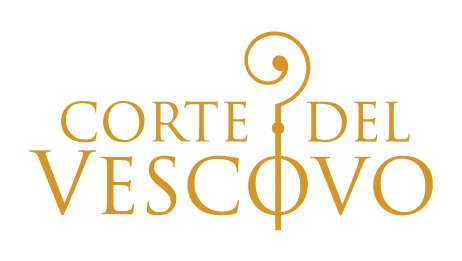
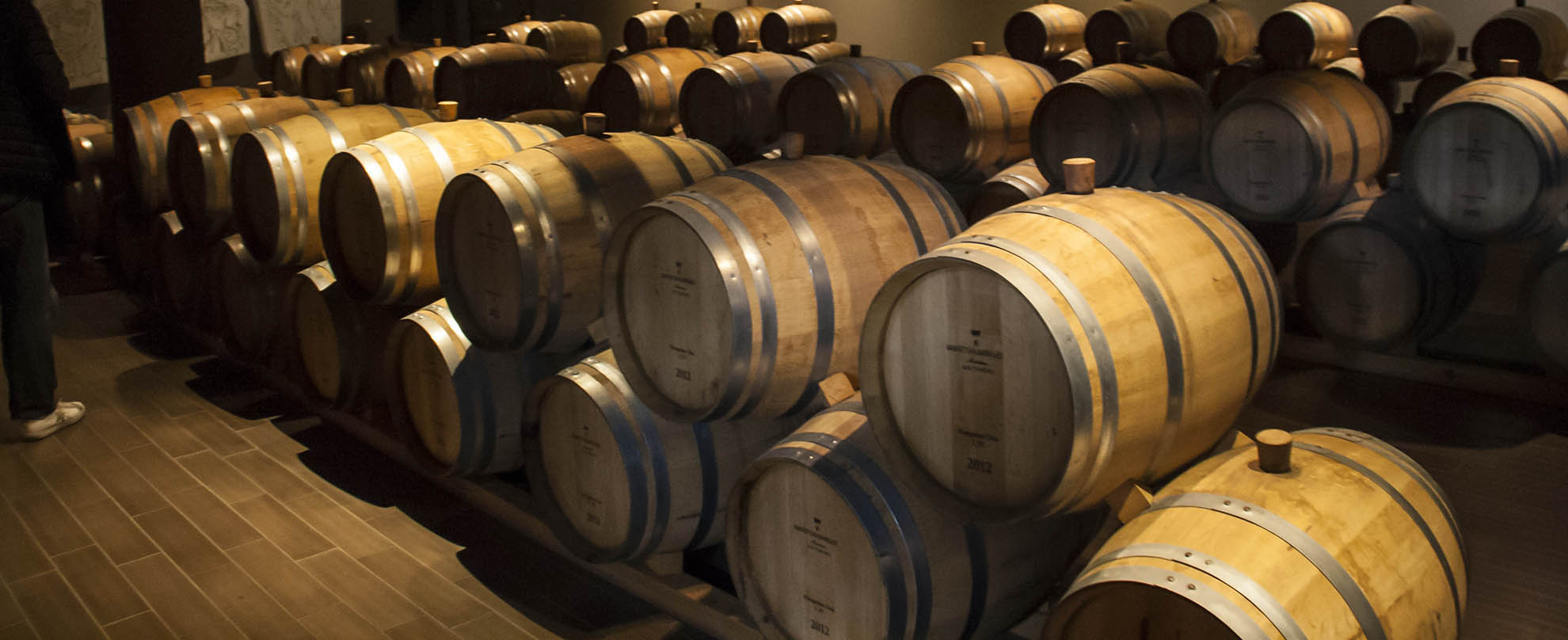

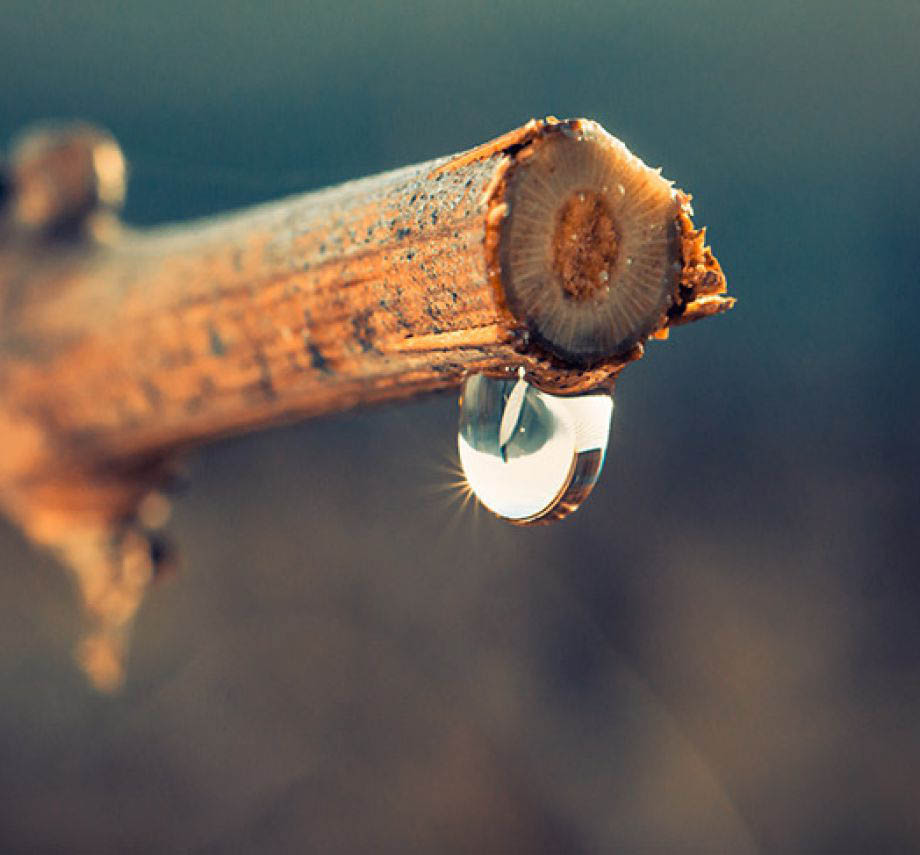
Known as "the weeping of the grapevine", this yearly magical moment in nature is an important event for our group. It represents the importance and appreciation of nature, the commemoration of our roots, and the recollection of the sacrifices and joys involved in becoming the Vescovo Moro Group.
For us, at the Vescovo Moro Group, this yearly event is a joyful moment. An example of how important nature is in the winemaking process. It is also a reminder of how fortunate we have been to have had such dedicated ancestors who have transmitted to us the love for making wine. They were able to acquire, through generations of challenging work, learning by trial and error, the complex mechanisms of nature in the oenological process. The continuation of this priceless heritage is the heart and mind of Vescovo Moro.
Vescovo Moro is the story of two families, the Fasoli and Berti Families, who for generations have been making wine. The first in the Valpolicella valley and the second on the Bardolino hills next to Lake Garda.
In 2012, destiny and a common family background pulled together Michelangelo and Maurizio to establish a new Italian wine reality, Vescovo Moro. Both felt a strong inheritance factor and a desire to reestablish their progenitor's family business.
Historical ties with the Vescovo Moro began long before 2012. In fact, it was 1798 when the Fasoli family initially acquired a vineyard in the Valpolicella area near San Pietro Incariano. Since then, they have continued to pass down their winemaking traditions. As a young Michelangelo Fasoli helped his grandfather harvest grapes, he knew he was destined to continue the family's passion for producing superior wines.
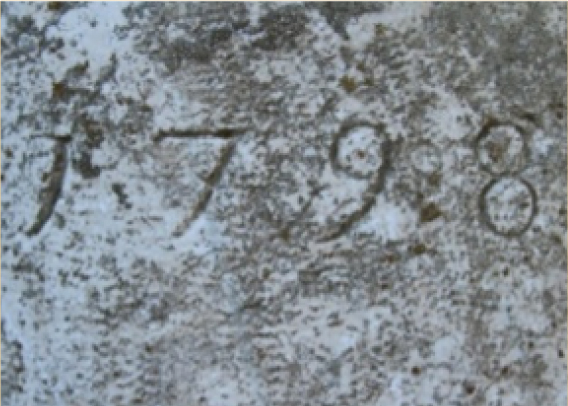
As for Maurizio, the Berti family, at one time owned vineyards and a small winery on the shores of Lake Garda in the village of Castion. Immediately after WW I, Maurizio's great grandfather sold the farm and winery to allow his two sons and three daughters to immigrate to the US. The tragedy of the war, the economic crisis, the outbreak of the Spanish flu, and a family of twelve sons and daughters, were the reasons the family winery was sold. In 1965 the family's passion to make wine continued when Maurizio's father returned from Connecticut to buy a vineyard and olive grove in Castion, not too far from his grandfather's family property. Even while living in Torrington, Connecticut, Maurizio's grandfather, and father continued making wine by buying crates of red grapes from California.
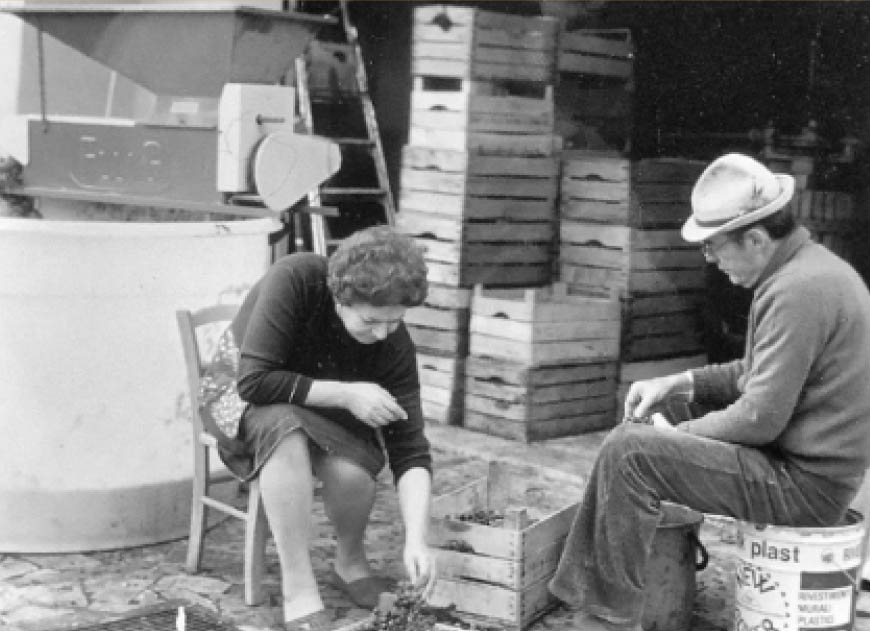
Our cultural roots come from agriculture, where poor stony soil can only support the cultivation of grapevines and olive trees. It took the arduous work with sunburned faces and hands full of calluses to survive the hardships century after century, but by intelligently exploiting this tough land our fathers managed to survive and eventually produce excellent wines. Beginning in the 18th century, the production of Valpolicella wine became more sophisticated. Quality and production capacity increased enabling the grape farmer to sell his surplus. News got around that there is a place in Northern Italy, a charming hidden valley east of Lake Garda, where they make excellent wine called Valpolicella. In a few years’ time, Valpolicella wines could be found on the table of European Nobility. To achieve this success, it took centuries of trial and error. Step by step, generation after generation the Fasoli family pulled together family secrets along with the learning acquired from monasteries to eventually create a masterpiece, Recioto, which in later years became Amarone della Valpolicella DOCG.
Besides its historical importance, today Valpolicella has earned its reputation on terroir, with a strong relationship between soil, weather, and indigenous grape varieties that intertwine to yield sought after, significantly prized wines.
The presence of the Abbey of San Zeno (Patron Saint of Verona locally named Vescovo Moro) in the Valpolicella valley was particularly important to our forefathers, because of the veneration they had for this saint, hence the name of our company is dedicated to the Vescovo Moro or Brown Bishop of Verona.
Now you have a picture of the ideas behind Vescovo Moro Group.

